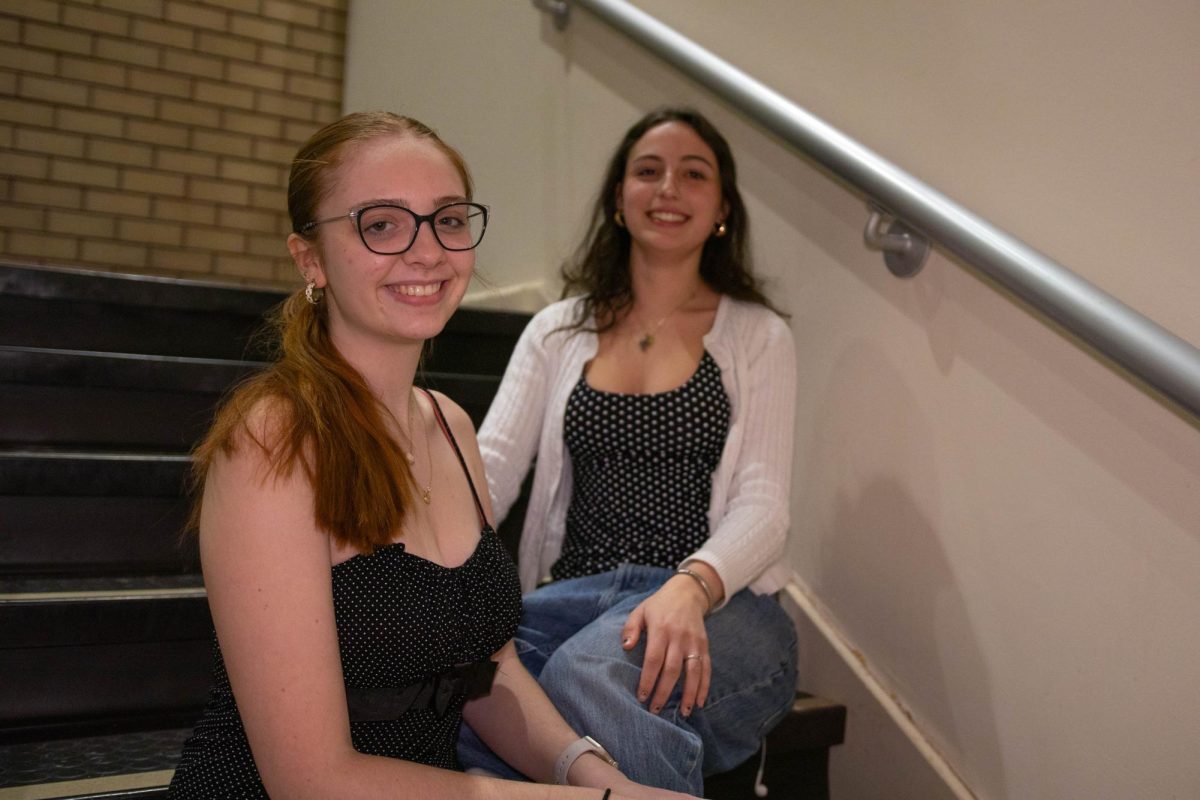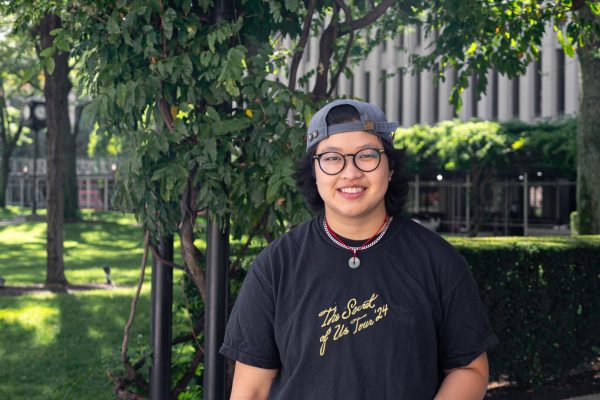Rife with nostalgia and familiarity, polka dots have preserved their standing as one of the most distinct patterns in fashion. While the pattern is admittedly widespread, public opinion concerning the spots has undergone significant evolution throughout the centuries.
This transformation has resulted in periods of heightened popularity. Beginning in the fall of 2024 and continuing into the present, polka dots have had a predicted yet exhilarating revival. The pattern’s elevated resurgence can be attributed to a number of factors, the biggest among them being the comfort, nostalgia and joy that the pattern evokes in wearers and viewers alike.
One must first explore polka dots’ rich history and transformation from taboo to ubiquity to examine their return to the spotlight. Beginning in medieval Europe, a lack of advanced textile machinery resulted in a more randomized pattern that ultimately resembled the marks of illnesses like leprosy, the bubonic plague, smallpox and more. This connotation inspired a sense of fear and unease among consumers, resulting in a general distaste towards the pattern.
However, as the world drastically evolved alongside the dawn of the Industrial Revolution, fashion transformed simultaneously as technological advancements made clothing more accessible to the general public. These advancements made a consistent and orderly polka dot arrangement became possible, and any association with diseases was forgotten. In early 20th-century America, polka dots underwent another significant change. Author Jude Stewart insists that the pattern was infused with a new sense of “lively wholesomeness,” as beloved figures like Minnie Mouse and Shirley Temple donned the spots.
While polka dots grew in relevance, their association with wholesomeness also grew to include femininity, with revered women like Lucille Ball and Marilyn Monroe dressing in the pattern. This connection to the evolving sense of modern femininity grew as years passed, manifesting in Julia Roberts’ portrayal of Vivian Ward in the 1990 film “Pretty Woman.” In one of the scenes, Roberts famously wears a brown dress decorated with white polka dots, an outfit that has since become iconic. Although the film was released over three decades ago, polka dot’s recent resuscitation has cemented the moment’s lasting influence, with an extremely similar dress by British retailer Marks & Spencer selling out just last summer.
The return of polka dots is more than a simple reappearance; it is a revitalization, and designers modify silhouettes, hems and necklines to add a modern touch to the pattern.
Public appreciation for the pattern has also become apparent at high-profile events like Wimbledon and the Oscars, as celebrities like Margot Robbie and Jennifer Lawrence attended in polka-dotted attire.
Considering the tumultuous events of this past year, the pattern’s reappearance in both high fashion and ready-to-wear spheres is somewhat predictable. In fact, this is a recurring theme that has emerged following the crises of 2008 and 2020. Following the severe recession the United States experienced in 2008, both Valentino and Marc Jacobs showed polka dots on the runway. During the COVID-19 pandemic, Celine and Balenciaga took the same approach, with creative director Hedi Slimane expressing a desire to “show, through the youth (and) optimism, the hope (in) this uncertain time.”
The past spring and summer runways also host this pattern, and brands like Maison Margiela, Stella McCartney and Dolce & Gabbana have all incorporated spots into their recent designs. Even the head of womenswear at Marks & Spencer, Lisa Illis, declared “a phenomenal response to polka dots.” However, the return of polka dots is more than a simple reappearance; it is a revitalization, and designers modify silhouettes, hems and necklines to add a modern touch to the pattern.
While polka dots make a comeback in luxury designs, they are becoming increasingly relevant within daily wear as well, and the twee trend in particular, significantly impacted the pattern’s revival.
The Face magazine cites Carla Buzasi, the CEO of trend forecasters at WGSN. She claims that this increased interest in twee is a “natural extension of the retro revival we saw during the height of the pandemic,” and the movement represents a return to nostalgia, ingenuity and even sustainability. Led by actress Zooey Deschanel and her early 2000s fashion featured on “New Girl,” the twee movement can be defined by colorful tights, ballet flats, collared dresses and polka dots. In fact, in a 2012 episode of “New Girl,” Deschanel’s character Jessica Day says just this, proclaiming that she “rock(s) a lot of polka dots.”
The pattern inspires a sense of vintage lightheartedness, so polka dots’ return to popularity makes complete sense. In dark times, we seek out reassurance from the past, and this pattern ultimately provides the perfect opportunity to embody a familiar optimism within our everyday lives.


